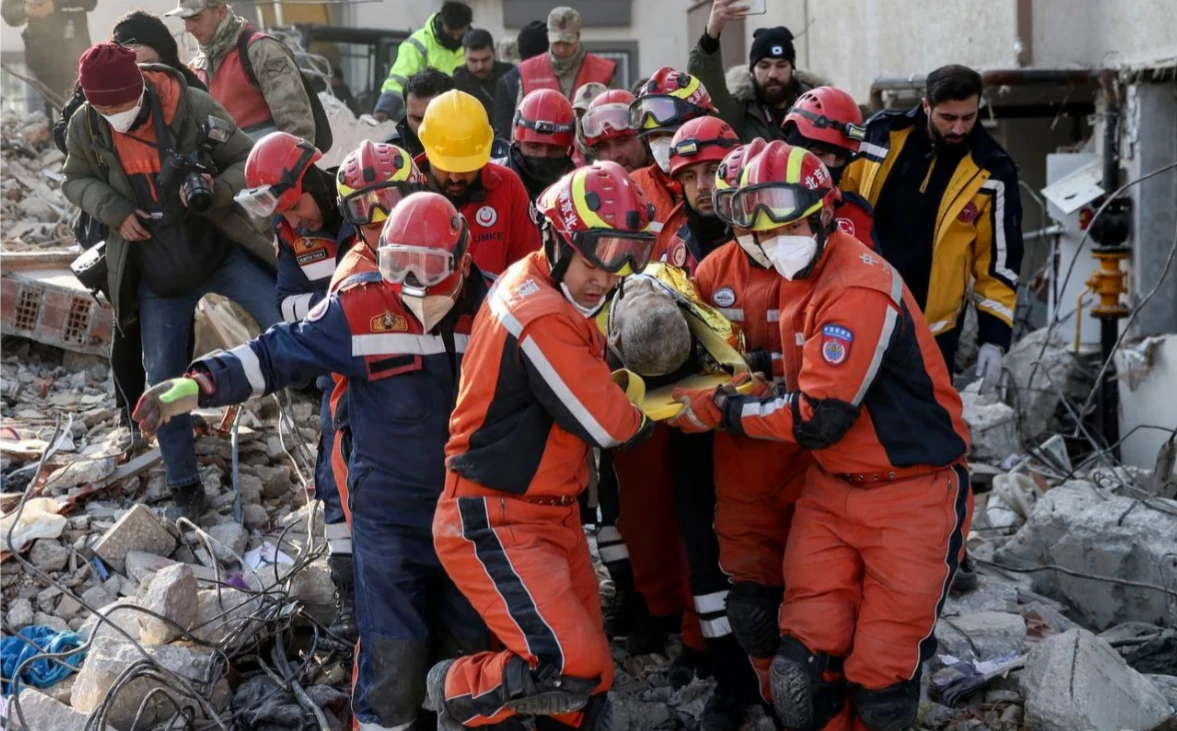Turkey and parts of Syria are located in an area of major seismic faults and experience frequent earthquakes.
Two powerful earthquakes, one of magnitude 7.8 and the other of magnitude 7.5, struck wide swaths of Turkey and Syria early Monday morning, February 6, toppling hundreds of buildings and killing at least 35,224 people.
DEATH AND INJURY TOLL IN TURKEY
According to the latest figures confirmed by NBC News, 31,643 people have died in Turkey, and 158,165 people were evacuated from the region to other provinces.
DEATH AND INJURY TOLL IN SYRIA
In government-controlled Syrian cities 1,414 people have died and there were at least 2,349 wounded, according to the Syrian Ministry of Health in its most recent report.
In Syrian rebel-held territories 2,167 people have died and more than 2,950 were injured.
LEARN HOW YOU CAN HELP
Many governments and aid groups have rushed to send personnel, funds and equipment to help with rescue efforts in the quake-affected areas.
WORST EARTHQUAKE IN TURKEY SINCE 1939
The early morning 7.8-magnitude tremor had its epicenter about 20 miles from Gaziantep, a major city and provincial capital of Turkey located about 60 miles from the Syrian border. The quake was felt as far away as Cairo, Egypt.
The first earthquake was Turkey’s biggest disaster since 1939, according to President Tayyip Erdogan. Turkey is located in a major earthquake fault zone and experiences frequent earthquakes. Some 18,000 people were killed in 1999 in a series of earthquakes in the northwest of the country.
The quake struck a region scarred on both sides of the border by more than a decade of civil war in Syria. On the Syrian side, that area is divided between government-controlled territory and the last opposition-held enclave, which is surrounded by Syrian forces with Russian support.
About 62 miles from the epicenter, almost no houses were left standing in the village of Polat, where residents were pulling refrigerators, washing machines and other goods from their collapsed homes.
Dozens of countries, including the United States, as well as the European Union and NATO, offered aid, whether in the form of medical supplies, rescue equipment or money.

